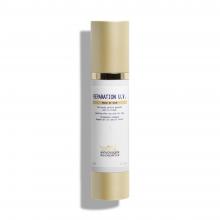Sunlight and Skin Care
Public enemy number one for the skin - the culprit behind skin damage and skin cancer is exposure to the sun. Ultraviolet radiation, in fact, is the major contributor to skin aging- even more so than a combination of all other factors including natural aging! Therefore, you protecting yourself from the sun's UV rays has to be at top of your list of skincare protection strategies. The sun is out every day - not just in the summertime. If you are really careful in protecting yourself from UV rays, you could not only prevent your skin from aging prematurely, but also you might be able to reverse some of the aging signs that have already appeared on your skin.
You should know that sun protection is more involved than you may be aware of. This section will help you understand the principles of sun protection and give you tools to optimize UV protection in your daily routine.





